The Ernest F. Hollings and Educational Partnership Program with Minority Serving Institutions (EPP/MSI) Undergraduate Scholarships provide academic assistance (up to $9,500 per year), as well as paid summer internships, mentoring and travel to scientific conferences.
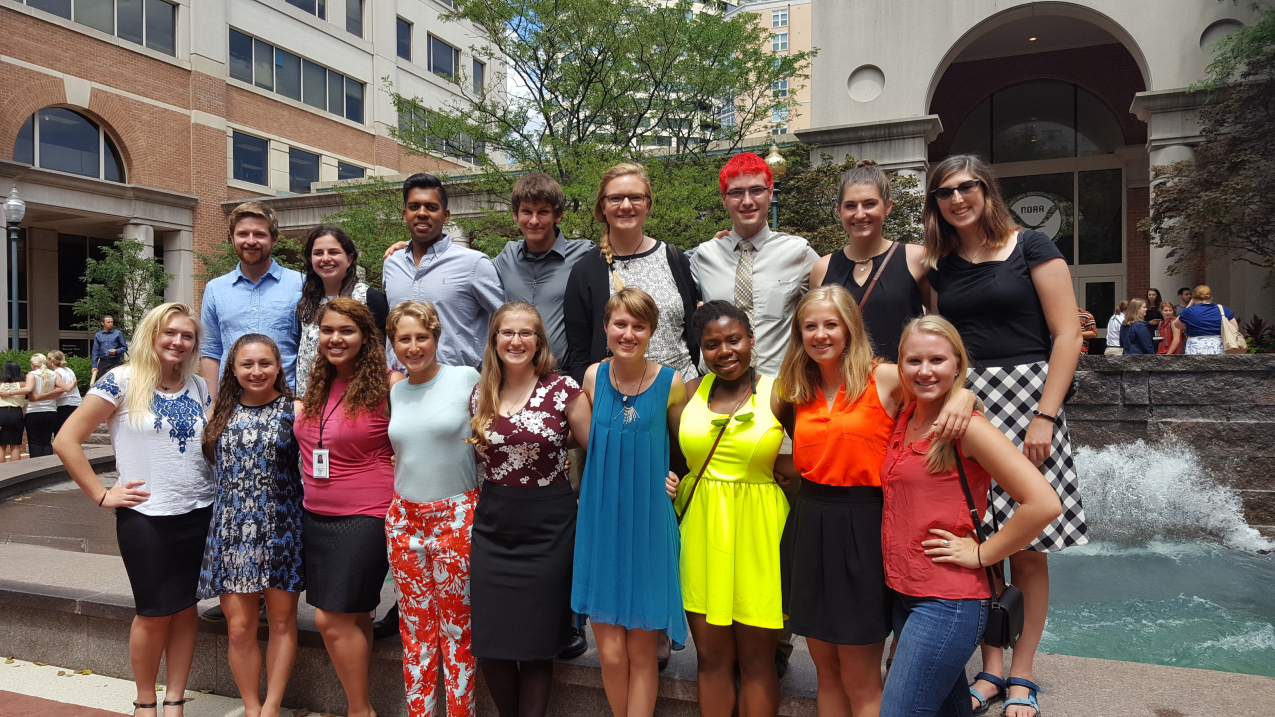
NOAA Scholars in Silver Spring, MD, for the Science and Education Symposium. (Image credit: Kristen Jabanoski/NOAA)
With labs and offices located throughout the country and a mission that spans from the surface of the sun to the ocean floor, NOAA has many exciting, hands-on internships to choose from. Applications for these scholarship programs are available annually from September through January. While available internship opportunities vary from year to year, these are just a few examples of the experiences our NOAA Scholars have had.

1. Working with the U.S. National Weather Service in Boulder, Colorado, EPP/MSI Scholar Zainab Ali verified the quantitative precipitation forecasts generated by two different models, the High Resolution Rapid Refresh model and the Rapid Update Cycle model. She assessed the accuracy and skill levels of the models in forecasting afternoon and evening precipitation regimes common during Colorado summers. She presented her research at the American Meteorological Society’s 97th Annual Meeting in Seattle.
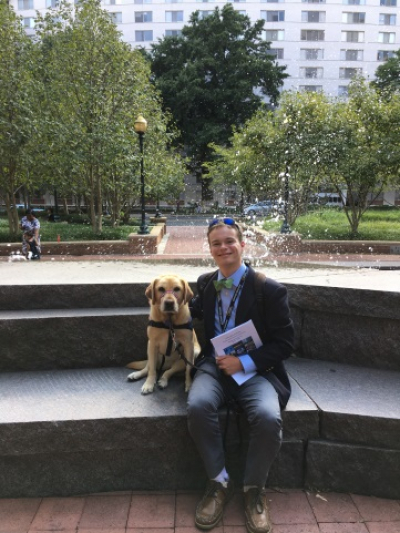
2. Holling Scholar Jory Fleming conducted his internship with the National Ocean Service’s Office for Coastal Management in Charleston, South Carolina. His project was focused on visualizing sea level rise to examine the nexus of climate change and socio-economic security, and he was recognized for an exceptional presentation during the annual Science & Education Forum. In 2016, Jory was one of 32 students nationwide to be awarded the prestigious Rhodes Scholarship. Jory plans to pursue a graduate degree in the School of Geography and the Environment at the University of Oxford.

3. Hollings Scholar Leah Chomiak studied the 2016 summer ice melt season in the Chukchi Sea, north of Alaska, with the Arctic group at the Pacific Marine Environmental Laboratory (part of NOAA Research). She helped deploy a series of temperature sensing floats via aircraft to observe temperature changes and water mass transformations in the region. She then tracked the floats back in the lab in Seattle. 2016 was a record-breaking ice melt season, and the data Leah helped collect was used to determine the extent of the melt.
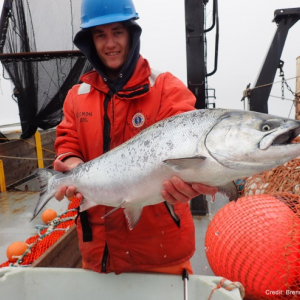
4. As an EPP/MSI Scholar with NOAA Fisheries in Santa Cruz, California, Jim Freed assisted with fieldwork and gained experience in fisheries science. He participated in an annual research cruise, during which scientists surveyed the nearshore waters in California for salmon and their forage community. Jim’s project was documenting the life history and ecosystem interactions of the King-of-the-Salmon, a species of ribbonfish that has been more prevalent since the recent El Nino event.
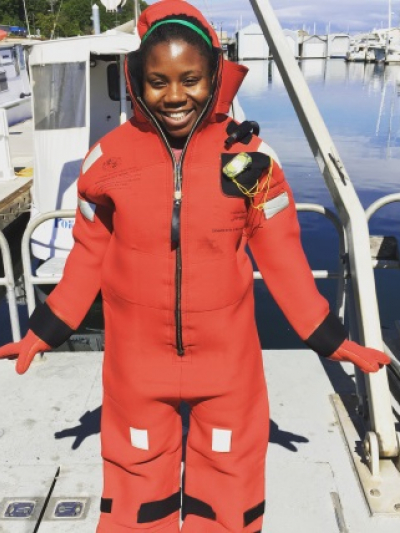
5. Hollings Scholar Alfre Wimberley worked with NOAA’s Office of Marine and Aviation Operations in Seattle, Washington, developing a national oil spill response policy for the NOAA small boat fleet. The plan focused on the first moments of response to a spill, including all needed emergency contacts and procedures for all small boats over 40 feet in the NOAA fleet in US domestic waters.
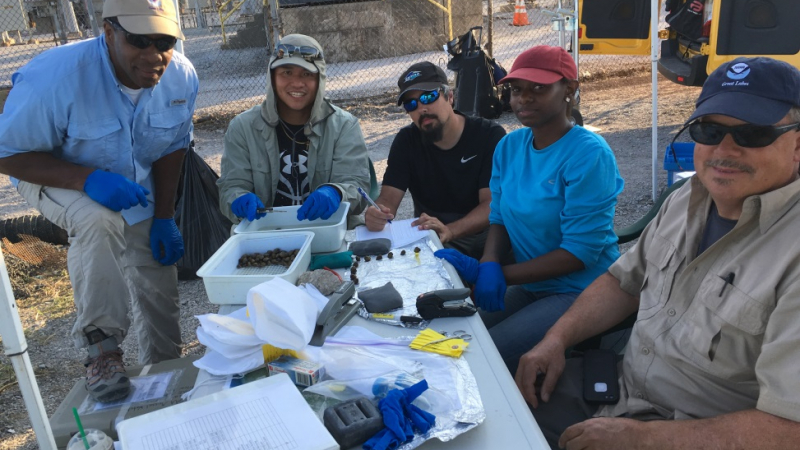
6. EPP/MSI Scholar Char'mane Robinson conducted field research with the NOAA Mussel Watch program in Toledo, Ohio, on the Maumee River and Lake Erie. Her research crew visited ten sites along the river, collecting zebra and quagga mussels. NOAA's Mussel Watch program samples mussels and oysters from over 300 sites around the coastal U.S. and Great Lakes. Scientists use bivalve mollusks as indicator species to monitor the chemical contamination levels and health of coastal and and Great Lakes waters.
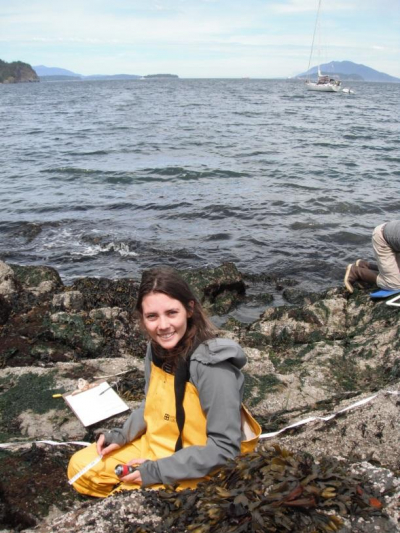
7. Danielle Siegert, a Hollings Scholar, studied carbon cycling this summer at Padilla Bay National Estuarine Research Reserve in Mt. Vernon, Washington. She collected samples from transects in one of the largest continuous eelgrass meadows in the US. Danielle learned techniques for studying carbon cycling in the sediment, such as measuring bulk density, loss on ignition and grain size analysis. She found less eelgrass in areas with high concentrations of carbon in the sediment. Eelgrass provides an important source of shelter and food for many marine animals, and it also prevents erosion. Danielle is continuing her work by writing a senior thesis on the impacts of temperature and carbon dioxide concentration on eelgrass beds.
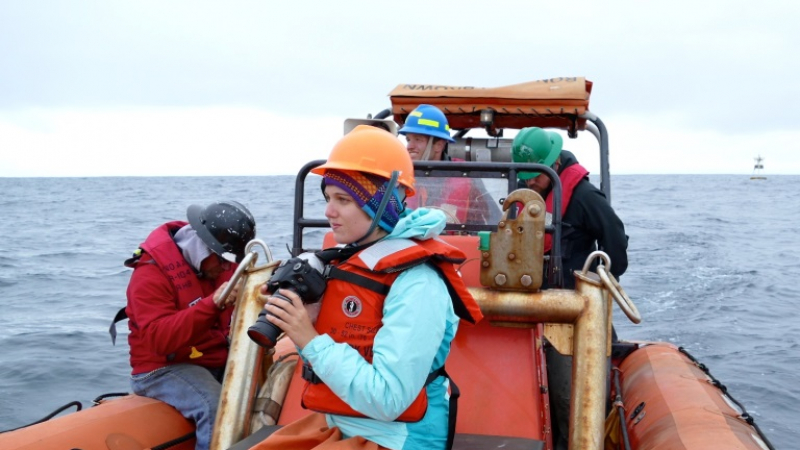
8. Hollings Scholar Meghan Shea spent the summer interning with NOAA Research at the Pacific Marine Environmental Lab in Seattle, Washington. She studied the impacts of ocean acidification on a west coast shellfish hatchery, and participated in a research cruise to measure the impact of ocean acidification. In 2016, she was one of 32 students nationwide to be awarded the prestigious Rhodes Scholarship, which will support her graduate studies at University of Oxford.
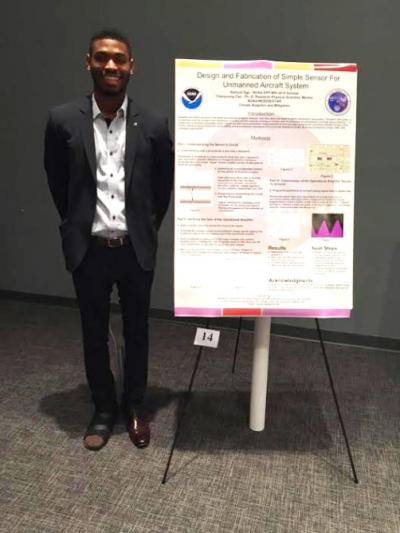
9. Samuel Oge, an EPP/MSI Undergraduate Scholar, interned with the National Environmental Satellite, Data and Information Service Center for Satellite Applications and Research. He worked on design and fabrication of sensors for Unmanned Aircraft Systems (UAS). UAS-based measurements are used to check the accuracy of satellite data from Joint Polar Satellite System (JPSS) and Geostationary Operational Environmental Satellite-R (GOES- R). Satellite data is critical for weather forecasting as well as monitoring earth’s climate and environment.

10. Hollings Scholar Ashley Hann interned with the NOAA Fisheries in Newport, Oregon, where she conducted a diet analysis of forage fish, comparing feeding conditions between warm and cold periods in the Northern California Current. She also participated in a fisheries survey aboard the NOAA Ship Bell M. Shimada.



